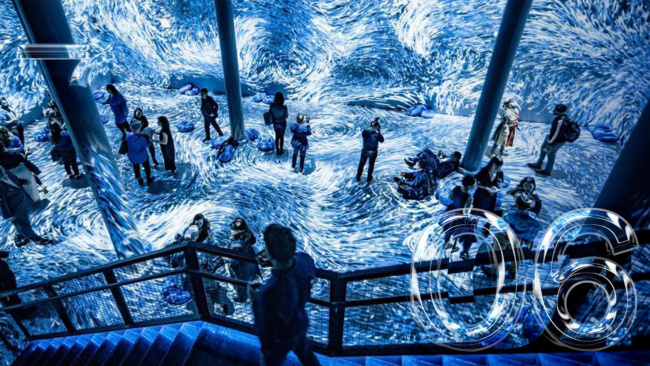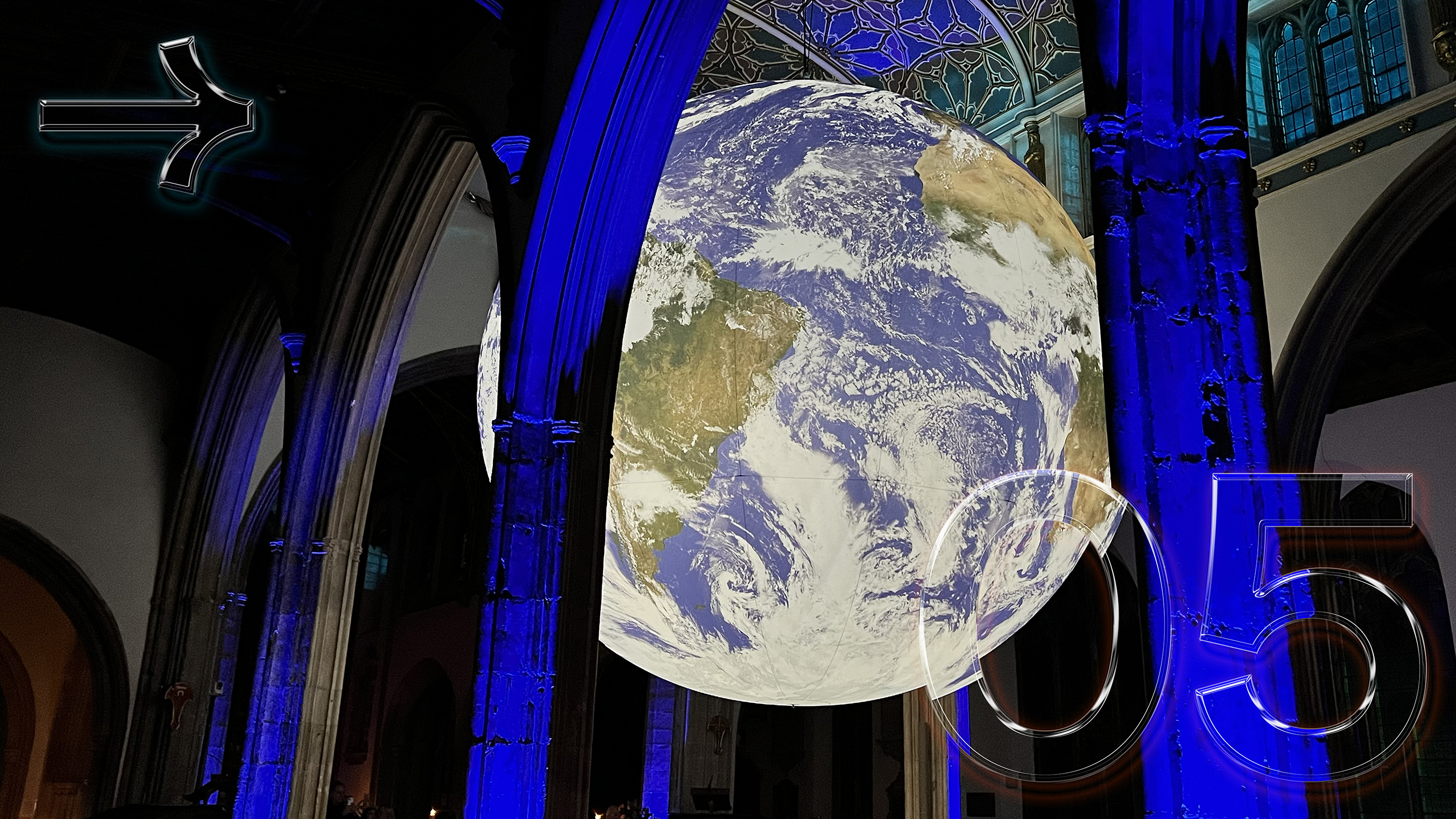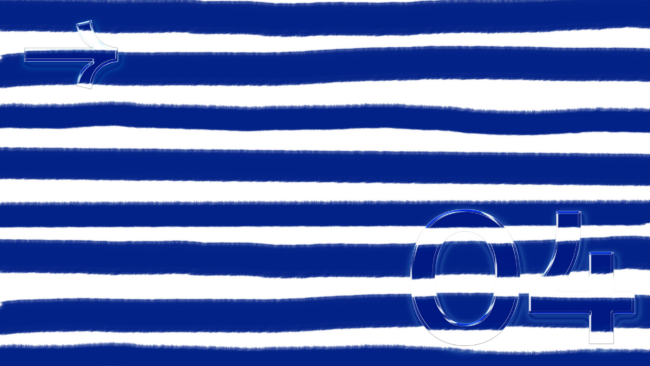
Written by: Joe Thomas, Global Head of Marketing & New Business
In documentaries such as National Geographic’s One Strange Rock, astronauts muse over seeing our big blue bubble, Earth, from the viewing platform that is Space. They speak about the profound effect it has on them, describing how all of Earth’s inhabitants are connected and talking extensively about the fragility of Earth against the vastness of space. Captain Kirk himself recently described his real-life maiden voyage outside of our atmosphere as something that filled him with immense grief.
Whilst 99.99999999999999% of us will never get to feel this ‘Overview Effect’ first hand, Gaia, the touring artwork from Luke Jerram, is the closest thing we’ll get to it. And without a VR headset in sight.
It’s an excellent example of the power of simplicity and it’s easy to see why people are drawn to such a moving spectacle.
Touring the world since 2019, the art is seven meters in diameter and appears to elegantly float in a void. Slowly revolving and internally lit, it’s created from 120dpi NASA imagery of the Earth’s surface, with each centimeter representing 18km.
I’m sure you could sit beneath it in a meditative state and contemplate the meaning of life – in fact, Gaia has been used as a venue for yoga amongst other experiences – especially as there’s a soothing soundtrack from composer Dan Jones. However, often, the chime of excitable children fills the air. Some confuse it for “the moon”. Once you accept this as the backdrop, it actually adds to the experience. The fragility of our home with a soundtrack of pure innocence and joy. It’s a powerful, and simple, and almost magical thing to behold.

